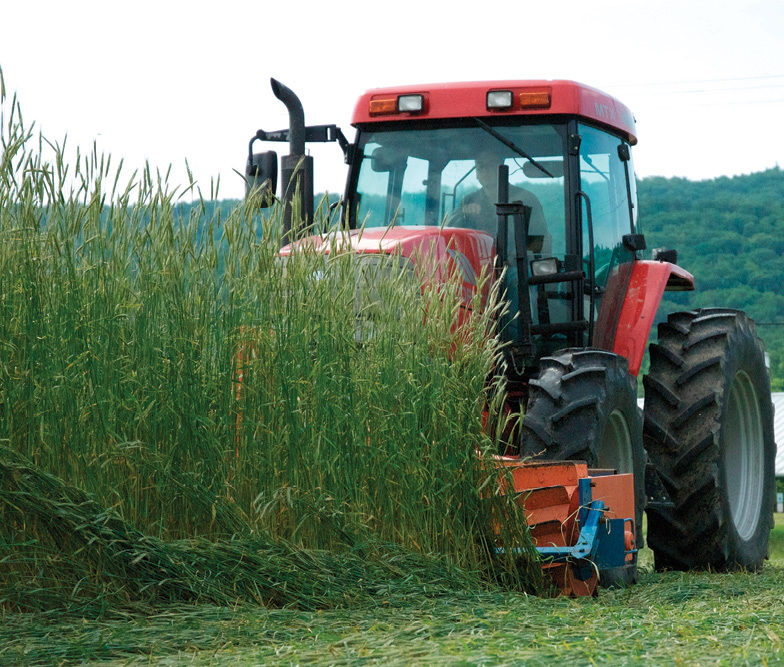No-Till Farmer
Get full access NOW to the most comprehensive, powerful and easy-to-use online resource for no-tillage practices. Just one good idea will pay for your subscription hundreds of times over.

No-tillers are finding that weed suppression can be an added benefit of using cover crops by tweaking a few management strategies in their fields.
“The right cover crop, managed in the right way, can control well over 90% of winter annuals and even some spring perennials,” says Dave Robison, forage and cover crop manager for Legacy Seeds Inc. of Winona Lake, Ind.
Cover crops suppress weeds in a number of ways: Through competition; by allelopathy — exuding a chemical that interferes with germination or growth of another plant; and as mulch after they’re been burned down.
This alternative weed control can result in herbicide savings and fewer trips over the field, but it also may help sustain the effectiveness of herbicides.
Leaders in the crop-protection industry have said the frequency of new crop-protection products introduced will likely decline in the next 10 years, making the stewardship of existing chemicals even more important.
And there have been plenty of cases of herbicide resistance to show current chemistries have their weak points.
A cover crop doesn’t know the difference between a regular weed and one that is glyphosate-, 2,4-D- or ALS-resistant, Robison says.
If managed correctly, a cover will out-compete or smother them all for at least part of the growing season.
Weed suppression is likely to be a secondary benefit that no-tillers seek with a cover crop, says Penn State University weed scientist and cover crop specialist Bill Curran.
“No-tillers need to think of cover crops as…